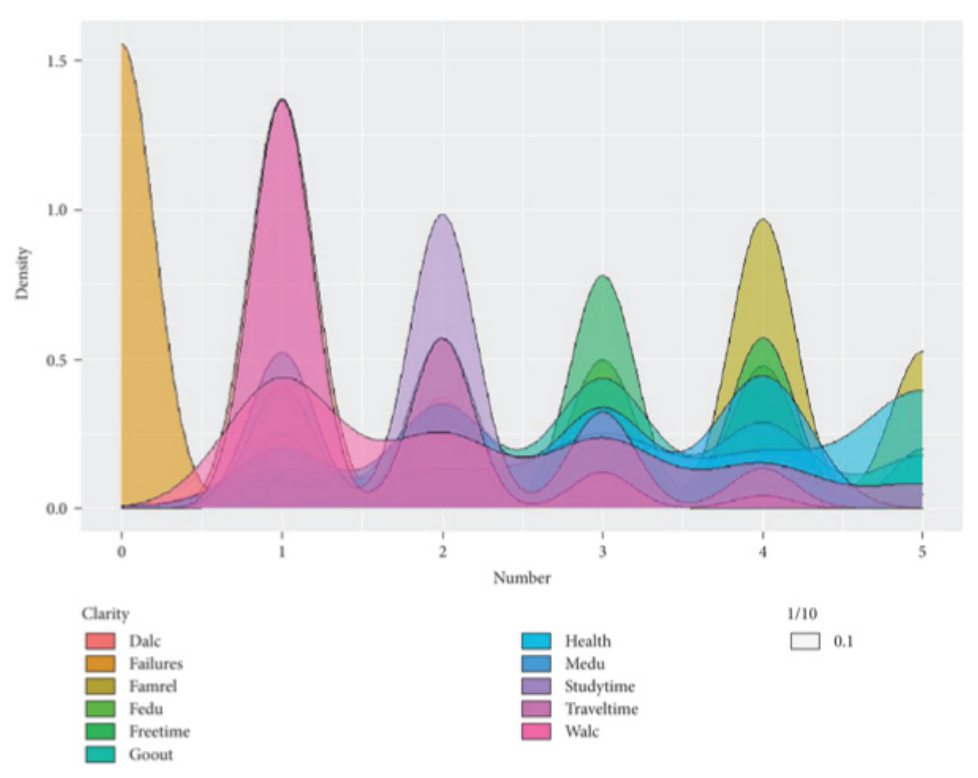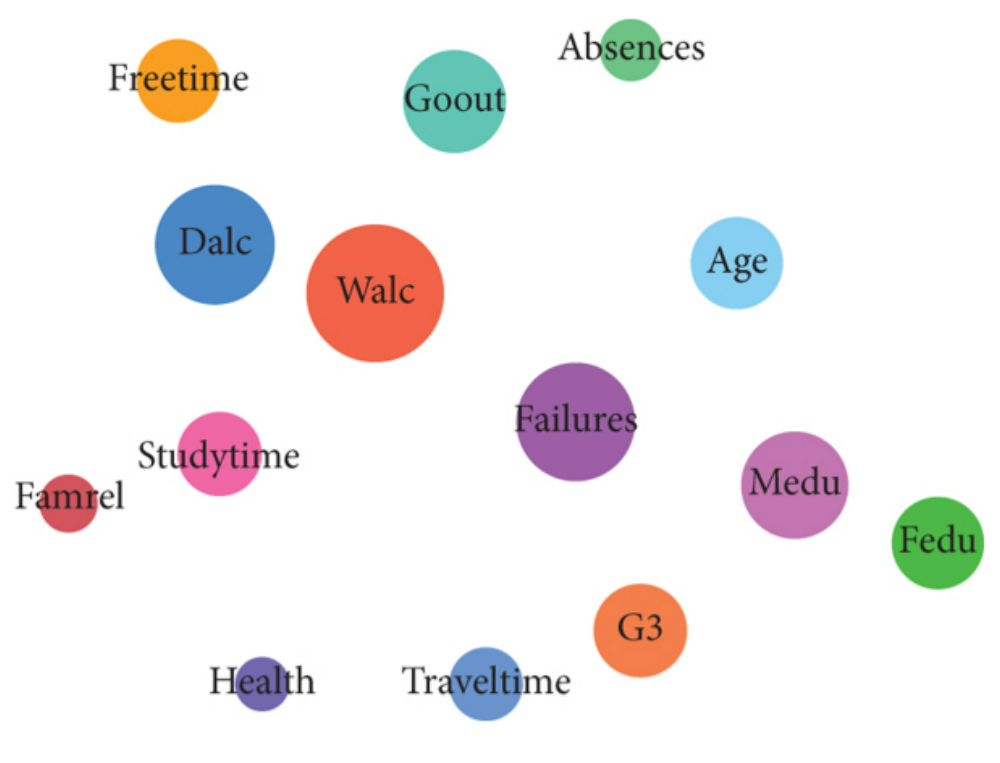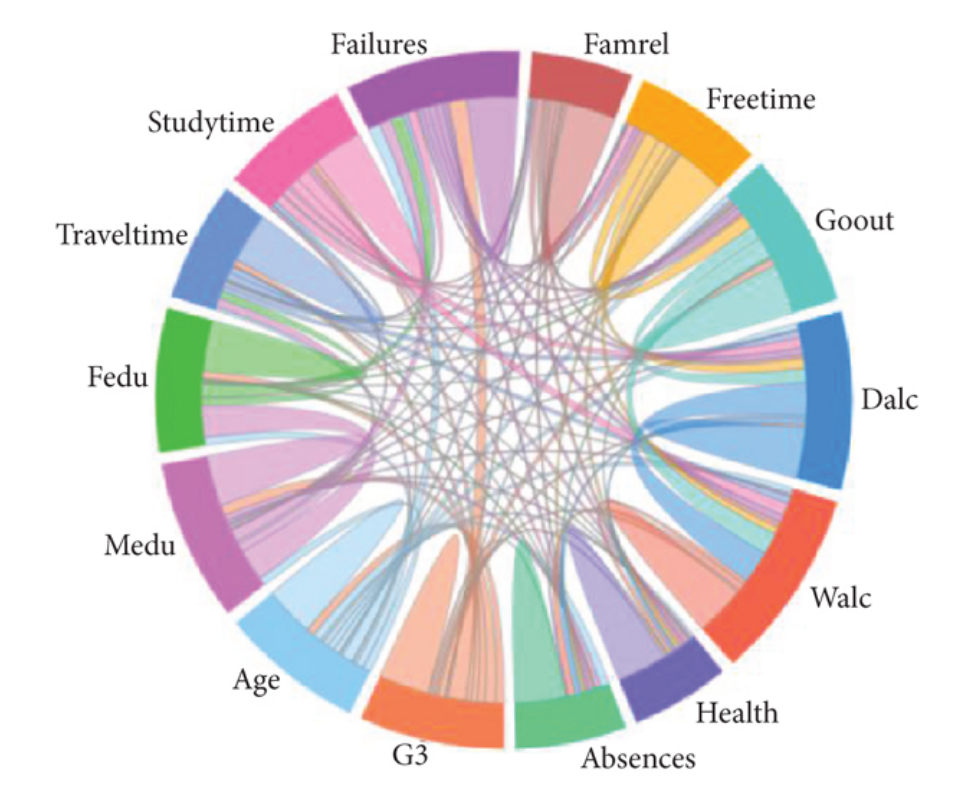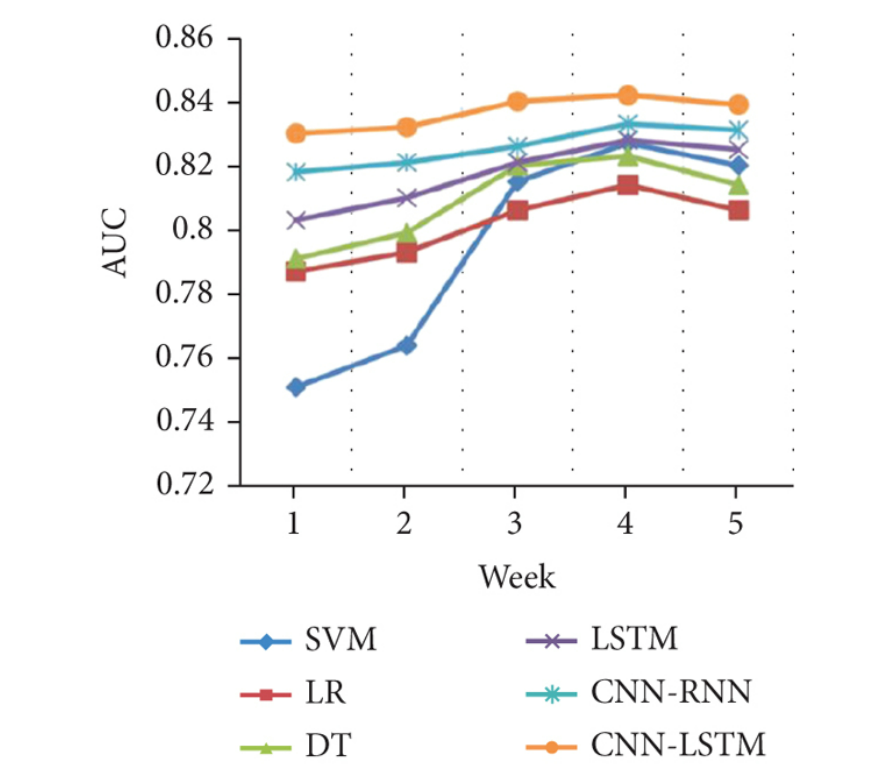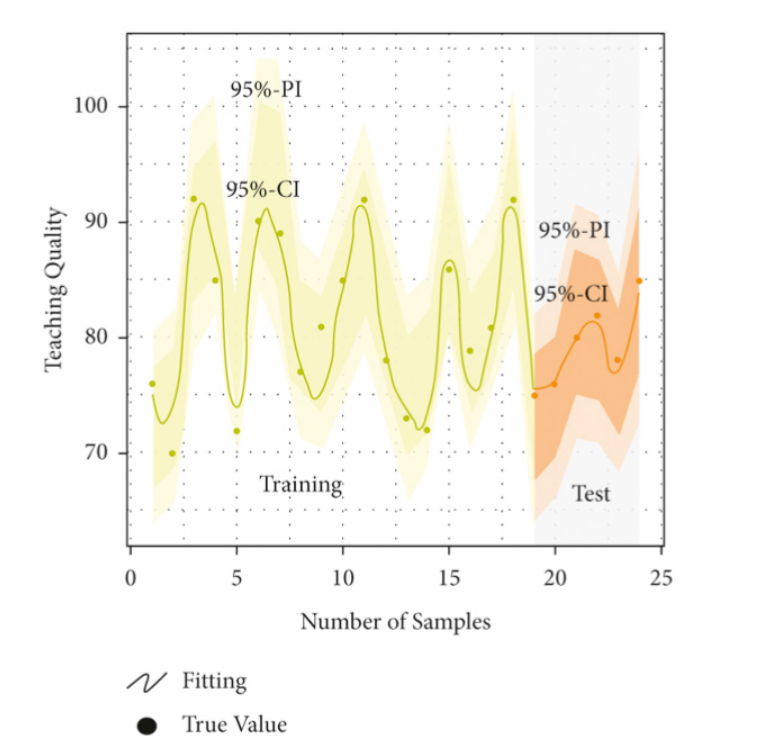 An open access journal
An open access journal
Research on the Design Strategies of AI Companion Robot Emoji Packs Based on Users' Emotional Needs
Abstract
This study focuses on the design of emoji packs for AI companion robots, exploring their role in promoting emotional connection and enhancing interaction experiences based on emotional design theory. By analyzing the cases of the NOMI and Moxie robots, the research reveals how to optimize the emotional expression of AI robot emojis from the instinctive, behavioral, and reflective levels, aiming to build more empathetic and user-friendly intelligent interaction systems. An emotional design framework for AI robot emoji packs is constructed. Furthermore, the study explores how AI robots can establish emotional bonds through dynamic emojis, providing insights into the integration of affective computing and intelligent interaction technologies in the future.
Share and Cite
Article Metrics
References
- Liu Wei, Dong Yue, & Li Chunqing. (2024). "Robots Are Not 'Cold': A Review of Consumer Emotional Relationships with Intelligent Social Robots." Foreign Economics and Management, 46(6), 98-111.
- Zhang Sihuang & Zhou Yijia. (2024). "A Multi-Expression Intelligent Voice Chatbot System Based on PyQt." Computer Knowledge and Technology, 20(28), 118-120. doi:10.14004/j.cnki.ckt.2024.1516.
- https://www.sohu.com/a/848948969_485557
- https://finance.sina.com.cn/wm/2025-01-09/doc-ineekqsv3031314.shtml
- Wang Xinlei. (2025). "Research on the Impact of Chatbot Emoji Usage on Users' Psychological Distance Based on Eye-Tracking Technology." Packaging and Design, (01), 126-127.
- Deng Jun, Yi Xinyan & Fu Shiting. (2023). "How Can Social Robots Enhance Users' Social Presence? The Role of Emoji Emotional Valence in Human-Robot Dialogues." Library and Information Knowledge, 40(02), 29-39. doi:10.13366/j.dik.2023.02.029.

